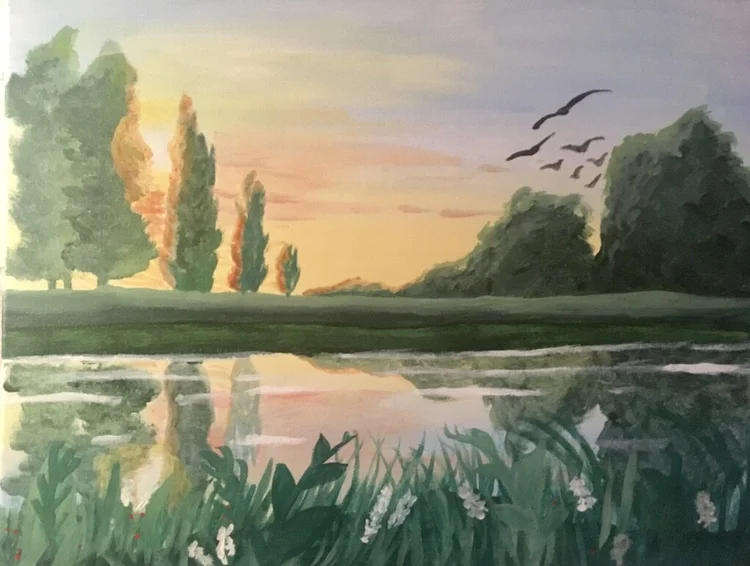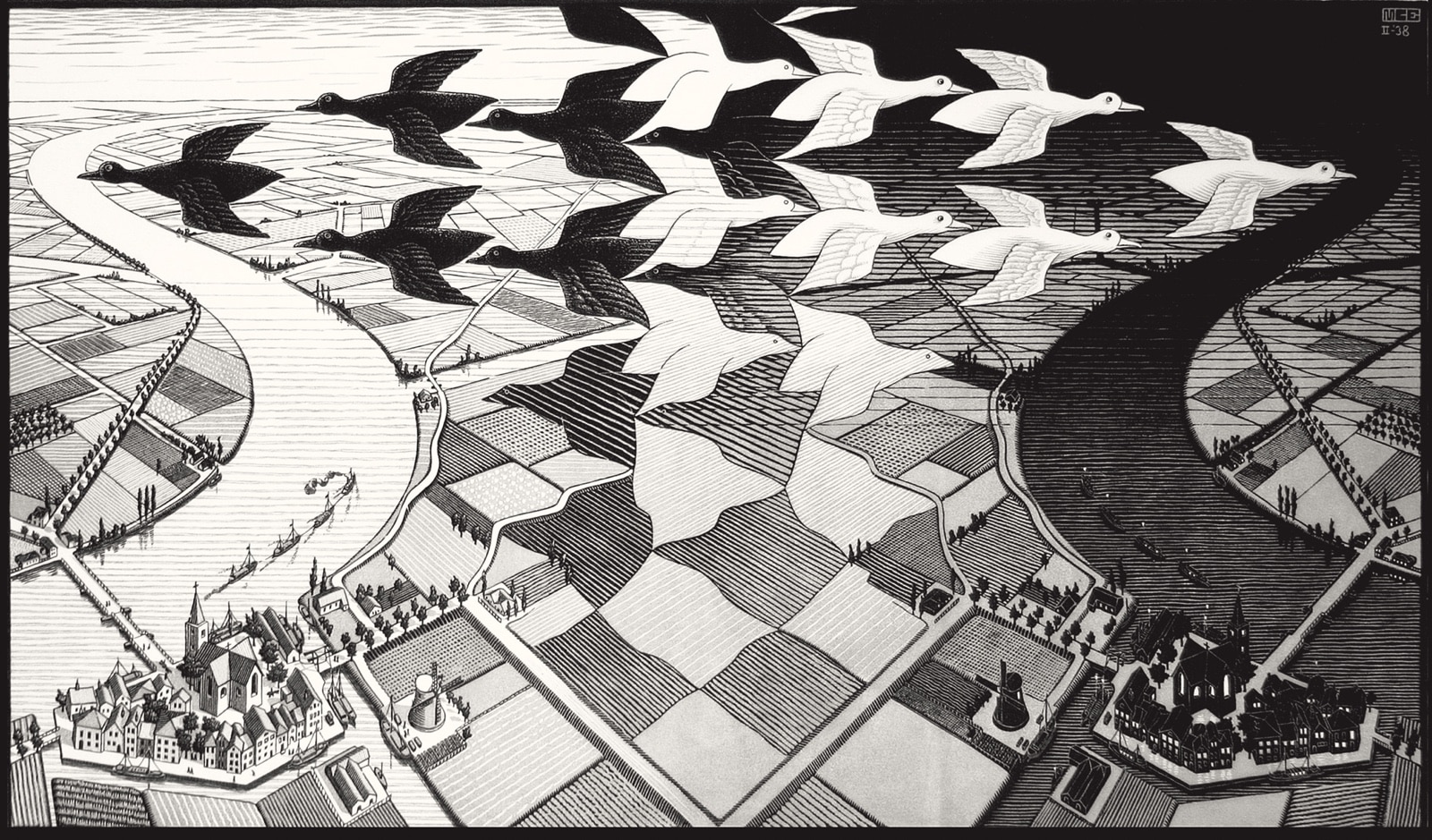LukeJTM wrote: ↑Sat Sep 02, 2023 10:27 pm Federica, I think my confusion was cleared up when I had a re-think about what you and Ashvin said regarding the nature of time. But I will still try discussing further.
(...)
One of the things I don't understand as much is the different 'impulses' connected with spirits. Ashvin mentioned, above, the 'Christ impulse'. I think he was trying to say, basically, that that impulse is about bringing the spiritual into the physical realm, or learning to discern the spiritual within the physical realm. Is that an accurate brief summary?
Rudolf Steiner spoke of two other 'impulses': beings of the darkness which he called Ahriman and Lucifer. I have a very basic understanding. Ahriman, I think his impulse appears as denial of anything spiritual, and cold, mechanical logic. Whereas Lucifer seems to be connected with escapism, or possibly denial of the material world, or getting lost in fantasies, but I'm not totally sure. And I think Christ is meant to redeem the other two, to bring them into the light or good.
Can elaboration be given on Lucifer? I don't understand that one as clearly.
Are these beings a single individual, or are they more like groups or collectives of spirits under a single name or identity?
Thanks for elaborating, Luke. You are raising a multitude of questions!
Luckily, Ashvin has already written an extensive reply with plenty of ideas to research and ‘try out’, like a cloth for the soul. So, in this reply, I will attempt to share a few simple thoughts from my personal work in progress, in case they might resonate somewhere close to your current questions. There are clearly many angles of approach to the questions you raise. But regardless of what angle we consider, there is one thought that should color all possible angles of approach. I think of this thought as a sort of 'intention keeper', that we can try to maintain by our side all throughout our explorations of questions such as: what is the Christ impulse, or the Luciferic, or the Ahrimanic one. The thought is: all angles begin, develop, and end inside our inner perspective.
There’s this constant correspondence. And even when we are clueless about what that means in concrete terms, it’s still important, all throughout our reflections, to keep at least one tiny piece of our attention busy with the background task of “trying to grasp in which sense this relates to me”. In other words, we don’t want to “sit back and enjoy the trip", movie, concert or story of the knowledge we are about to learn - say, the Christ impulse, or anything else. Rather, we want to prepare to actively search and discover these things within ourselves.
We need to do that because not only we, in our overall constitution, are an accurate mirror, a fully connected thumbnail, a ‘child theme’ (disregard this one metaphor if it doesn’t speak to you), in other words a microcosm of everything else that exists - spiritual and physical - but also this mini-reality that we are is our only chance to take valid steps towards knowledge, realization, consciousness. But not in the sense that we attain knowledge of reality by sort of psychoanalyzing ourselves. It’s much much larger than that. It’s just that our existence, inner and outer, is the ever-present passageway to real understanding of anything. Every time we take a further inquisitive step on the path, we have to keep our direct experience in the loop, and actively link back to it, in iterative process. Not a problem if one is almost completely clueless about the how (how can all knowledge be experienced as immersion, and not as mere comprehension?). For my part, I’ve started with only a faint sense of the centrality of this approach. But it soon begins to make some more sense, as long as we keep an expectant eye on this possibility.
Your question about impulses - the adversarial ones, as well as the impulse of Love (the Christ impulse) reminds me that I was recently reading in a lecture that Steiner calls a misfortune, or a calamity, the case of someone whose karma does not entail a possibility to know Christ. Thus what we are doing, here and now, with this discussion, is in itself a fortunate circumstance. We are lucky that more or less recently, these thoughts and questions have made their way into our life, all of us who are participating here. By the way, this thought is also a very basic way to start operating that connection between objects of knowledge and inner experience, because we can try to experience, to clothe our soul with the thought: “What might be the significance of this impulse in the present moment of my existence?” maybe trying to take a bird’s eye view of our life - not a spacewise bird view, but a ‘timewise’ one.
Now, one possible angle to grasp something of the nature of the Luciferic and the Ahrimanic impulses in one mental picture is to “place” them on the Cartesian plane that Cleric used to illustrate the hysteresis process. I’m sure you read that foundational post series, The Central Topic and The Center of the Central Topic 1,2,3. This angle has helped me, however, the same caveat given in that post (TCOTCT 1), about the risks of taking that illustration as an intellectual model, is applicable here.
The axes of that illustration represent the two thinking modes that we can have, pushed to their extreme. We can think about an object (horizontal axis) or we can try to explore the nature of activity itself, the pure activity of thinking, devoid of any object (vertical axis). We cannot be in both modes at the same time, because as soon as we try to look at our activity of thinking while it’s in progress on an object (=when we try to consider a thought), we have to 'exit' the object, and instead, we have to put at the center of our thinking: “I was thinking about X”. This is of course not the same thing as thinking of the object directly. So we can realize experientially that there is a polarity there. Either we engage our thinking activity in an object (we condense it in a thought) or we stay away from content, and we try to sense the supersensible, vertical quality of the activity itself, by dropping all contents, seeing where it leads us, how it elevates us. Now, if you had to assign these two modes of thinking one to Ahriman and one to Lucifer, how would you go about it? A few associations may help:
- Horizontal axis:
thought, materialism, physicality, space, darkness, manyness, open information, bottom-up
- Vertical axis:
thinking, mysticism, escapism, time, light, oneness, private wisdom, top-down
There are clear patterns. Now, it may seem like the vertical extreme is 'less bad' than the horizontal, but in fact, both are equally divergent and adversarial to the equilibrium that we should seek at the balance point of all the pairs mentioned above. We have to spiral both extremes in the middle. We can’t escape matter to understand spirit, we can’t reject the maniness of the world and hope for a fast track to heaven and oneness, etcetera. So our ‘sweet spot’ is to be found along the diagonal on this plane, and to conclude with an even more basic, rudimental image, one could maybe say that, if we now imagine a new vertical plane, orthogonally intersecting the flat Lucifer-Ahriman plane along this balanced diagonal, we could draw higher and higher progressive approximations of the the Christ impulse, on the upper half of this new plane (if it makes any sense





